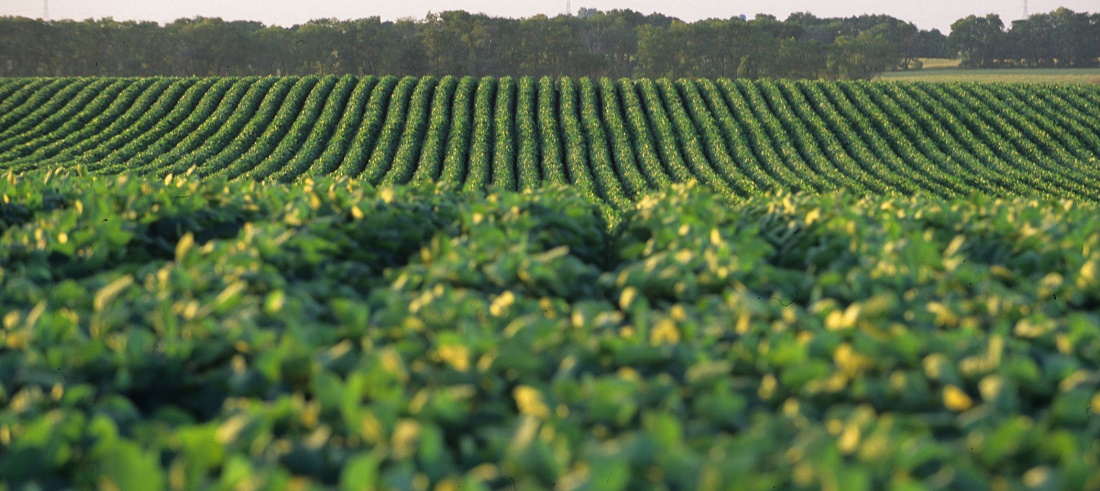
La Nina could thwart Argentina’s run at bumper crops
Dec, 06, 2024 Posted by Gabriel MalheirosWeek 202446
Ample rains last month appeared to put Argentina on track for its first bountiful crops in several years, but there is one potential problem: La Nina. The weather phenomenon does not typically lend to fruitful yields.
And there is yet another twist: the forecasts are not completely settled on La Nina’s likely course over the next several months.
La Nina, the cold phase of the equatorial Pacific Ocean, frequently brings dry weather to Argentina’s grain belt during the height of its summer growing season.
Argentina is the top exporter of soybean products and is also a key supplier of corn, but both soybean and corn yields have been below average for at least the last four years, owing heavily to a string of La Ninas.
Argentine farmers are roughly halfway finished with planting corn and soybeans, but those efforts started somewhat slowly due to widespread dry conditions lingering from winter. That trend reversed in November, with rainfall 30% above the month’s average.
There are slightly better odds that rainfall during the critical February-March timeframe will be sufficient whenever November rains had been strong, though there are no guarantees during La Nina.
CLASHING FORECASTS
Last month, human forecasters saw a 72% chance of La Nina conditions persisting between December and February, but computer models placed those odds at 50%. Either way, a weak or borderline La Nina is likely in store for the coming months.
That may seem like a small nuance, but history suggests the crop yield implications could vastly vary depending on which situation unfolds.
Within the last two decades, there were nine instances where the December-February period featured official La Nina conditions. Only two of the nine seasons, 2005-06 and 2007-08, coincided with above-average soybean yields in Argentina, though there were zero cases for corn.
A stronger La Nina does not imply worse crop potential. December-February La Nina conditions in 2022-23 were the mildest of the nine instances, but soybean and corn yields were catastrophic that year, falling around 40% from normal levels.
When ocean anomalies fall slightly short of the La Nina threshold, Argentina’s crops had better chances. That includes above-average corn and soybean yields in the 2016-17 near-La Nina season, and this is the scenario Argentine farmers should root for this year.
BOOM OR BUST?
Argentina has not had a truly great soybean or corn harvest in six years. But with soybean plantings expected to reach eight-year highs in 2024-25, even average yields could significantly boost soy output and enhance global market competition.
Despite last year’s normally favorable El Nino, soybean yields were relatively disappointing. However, Argentine soybean processors have been churning out very strong volumes as of late, on par with or better than years when soy output was larger.
This could keep pressure on soybean meal prices, which have been hovering at multi-year lows as U.S. soy crushers are also running at record rates. U.S. exporters are hoping to ship a record volume of soybean meal in 2024-25, though Argentina could cut into those efforts when its new soy crop starts arriving to market in April.
The United States is expected to remain top corn exporter in 2024-25, but Argentina’s shipments are projected to hit multi-year highs despite a big drop in corn plantings following last year’s pest outbreak.
That outlook incorporates relatively modest yield assumptions, meaning if Argentina catches a lucky break with the weather early next year and yields are strong, the country’s global trade footprint could expand even further.
Karen Braun is a market analyst for Reuters. Views expressed above are her own.
Reporting by Karen Bruan; Editing by Stephen Coates
Source: Reuters
-
Grains
May, 20, 2022
0
Rice exports are affected by a lack of containers and an unfavorable exchange rate
-
Shipping
Oct, 16, 2024
0
USAID provides funding to fight maritime corruption in major ports
-
Other Cargo
Jun, 15, 2023
0
Brazilian footwear industry sees decreasing exports in May
-
Sugar and Ethanol
Jul, 23, 2019
0
BP and Bunge create bioenergy joint venture

